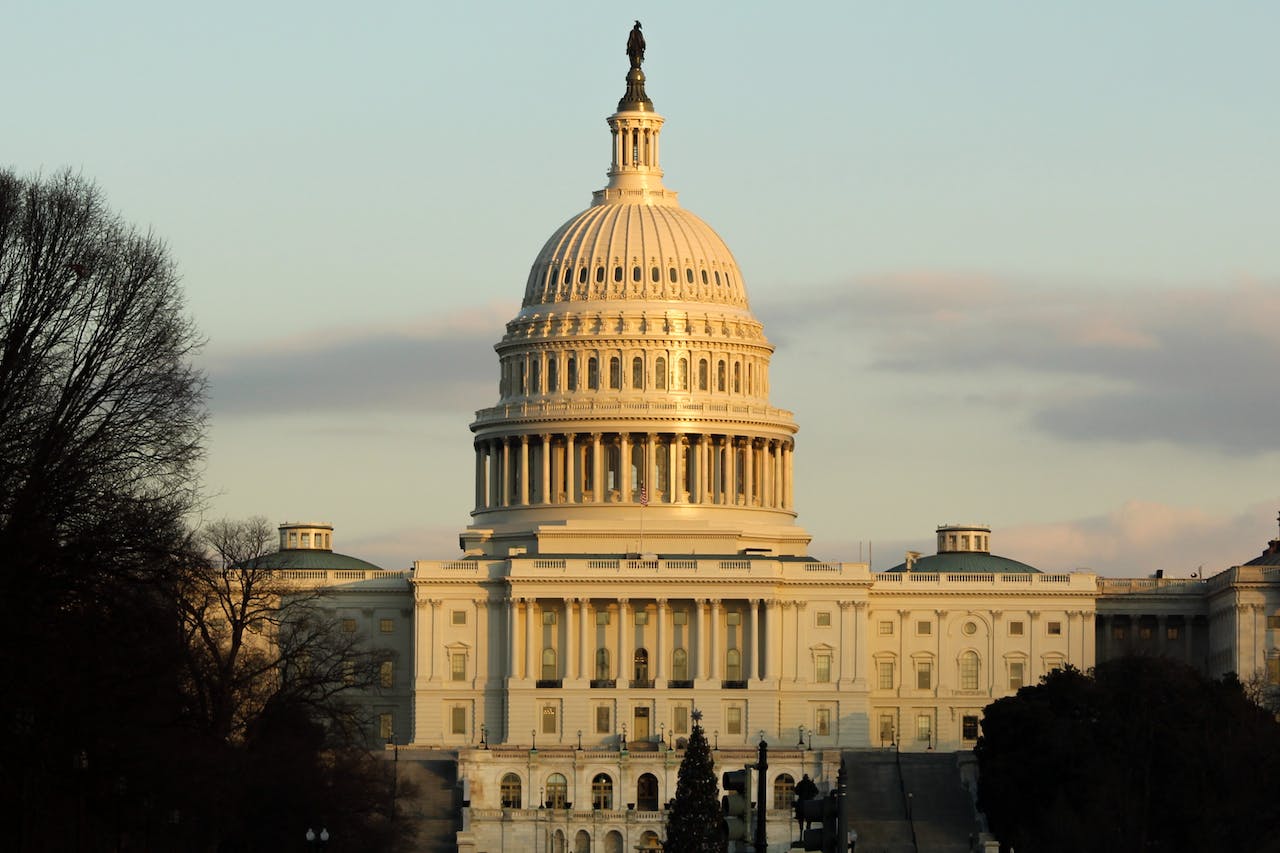In a strategic move to avert an imminent government shutdown, President Joe Biden signed a stopgap spending bill on Friday, providing temporary funding for federal agencies well into the next year. This significant development occurred in San Francisco, where President Biden was attending the Asia-Pacific Economic Cooperation conference.
The stopgap spending bill, commonly referred to as a continuing resolution (CR), was necessitated by the looming deadline at the end of Friday. The President’s signature on the bill marked a temporary reprieve, preventing a scenario that could have led to a government shutdown. The bill’s provisions will keep federal agencies operational for the time being, but it sets the stage for a potential showdown over government spending in 2024.
The House of Representatives had earlier approved the CR on Tuesday with a lopsided 336-95 vote, showcasing a notable divide, with most opposing votes coming from Republicans. Subsequently, the Senate approved the bill on Wednesday with an 87-11 vote, bringing an end to the third fiscal standoff of the year.
Stopgap Spending Bill: Departmental Funding Breakdown:
This CR adopts an unusual two-step plan, creating two new shutdown deadlines. It will fund specific government departments, including Agriculture, Transportation, Housing and Urban Development, and Veterans Affairs, until January 19. Following that, the Defense Department will receive funding, while the remaining eight areas of government will face a funding expiration on February 2, 2024. These include Defense, Commerce, Justice and Science, Financial Services and General Government, Homeland Security, Interior, Environment and Related Agencies, Labor, Health and Human Services and Education, The Legislative Branch, and State and Foreign Operations.
The passage of the stopgap spending bill, with bipartisan support, is being hailed as a significant victory for House Speaker Mike Johnson. The CR provides lawmakers with additional time to carefully craft detailed spending bills, covering a broad spectrum of governmental functions, ranging from military funding to scientific research.
However, this victory comes with concessions from Democrats. Notably, the CR lacks provisions for additional military assistance to Ukraine and military support for Israel. Furthermore, the bill does not include a supplemental package covering critical issues such as humanitarian assistance or border security, leaving these matters to be addressed at a later date.
Despite initial conservative support for a two-step approach, opposition arose due to the absence of deep spending cuts in the bill. Conservatives had advocated for an extension of funding at current levels, a stance that ultimately prevailed. This compromise allowed House Speaker Mike Johnson to secure Democratic support, underscoring the delicate balance of interests at play.
The stopgap spending bill is designed to buy time for House Republicans to pass appropriations bills and for House and Senate negotiators to reach a comprehensive funding deal. While the House has successfully passed seven of the 12 annual appropriations bills, the Senate has only managed to pass three. Recent challenges within the House Republican party, particularly intraparty divisions over amendments, raise concerns about the timely completion of spending bills before the next funding deadlines.
This development unfolds against a backdrop of economic uncertainty. Presently, nowcasts for the fourth quarter indicate a relatively robust economic performance. However, as we approach 2024, medium-term economic projections underscore potential risks. The Federal Reserve’s decision to maintain interest rates at restrictive levels adds to the complexity of the economic landscape. The looming prospect of a prolonged government shutdown poses a significant threat to the stability of the U.S. economy, potentially risking a slowdown in economic activity.
Beyond the CR: The Road Ahead in Congressional Decision-Making
As the new year approaches, lawmakers now face added pressure to pass appropriations. The Fiscal Responsibility Act, passed in the spring, includes a provision that triggers a spending limit revision if a continuing resolution is in effect come January 1. This automatic revision includes a substantial cut to defense, a move at odds with House Republicans’ efforts to increase defense spending.
With two deadlines on the horizon, the risk of a government shutdown remains a persistent concern. Lawmakers who may be unwilling to support a broader government shutdown could still halt funding to four of the twelve appropriations areas on January 19. However, continuing resolutions have successfully passed the House in September and November 2023 with bipartisan support, raising the possibility of a similar outcome in January and February 2024 if a broader budget is not passed by those deadlines.
This period of legislative activity presents a leadership test for House Speaker Mike Johnson. His predecessor, Rep. Kevin McCarthy, faced challenges that led to his ousting after putting the previous stopgap bill on the House floor at the end of September. Many House Republicans, however, signal confidence that Johnson will be spared the same fate, citing his recent assumption of the position and the inherited challenges not of his own making.
The ongoing developments in the political and economic landscape underscore the intricate challenges facing policymakers. While the immediate threat of a government shutdown has been averted, the path forward involves navigating intricate negotiations, potential amendments, and the overarching responsibility of safeguarding the nation’s economic stability. As the legislative process unfolds, the nation watches closely, aware of the potential consequences that could ripple through various sectors of the economy and impact the lives of millions of Americans.



